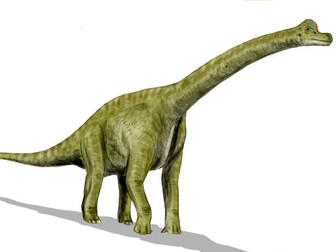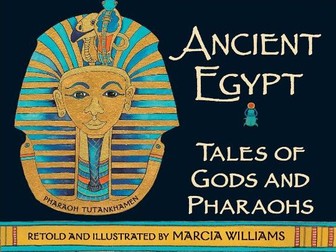
Hawk Ridge Farm Park text map
This is a hand drawn text map, to support a persuasive writing unit following Pie Corbett’s Talk 4 Writing style of teaching English. The text map goes with the Hawk Ridge Farm Park persuasive advert, written by Pie Corbett in his Talk 4 Writing Across the Curriculum book.


